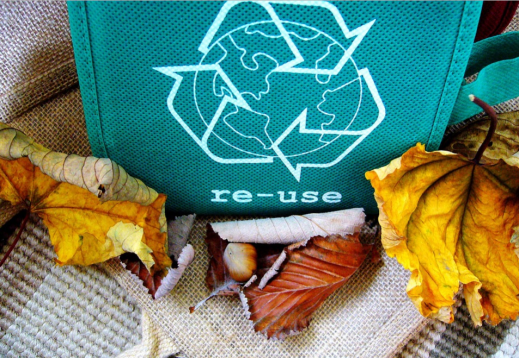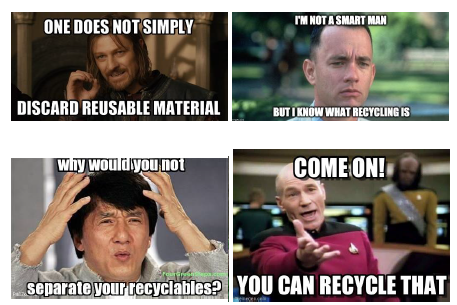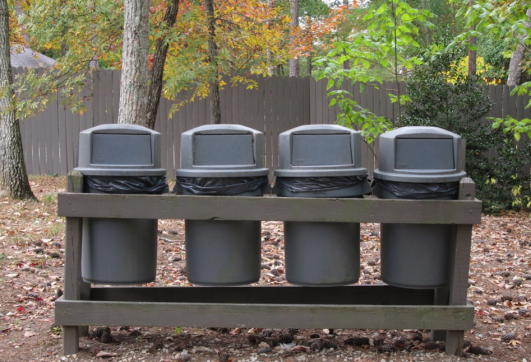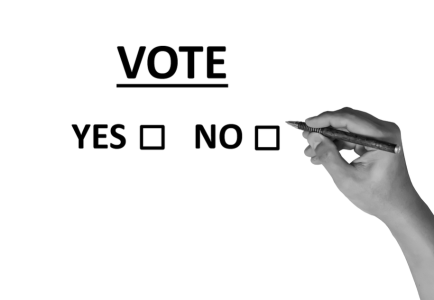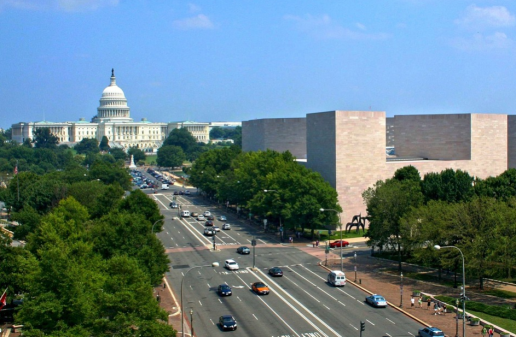Nudging farmers and wine growers for better land management
Ruban and Heather had recently decided to make a change in their lives. They spent decades working in the city in dead-end jobs, going into their offices every day to play out the same routine day after day. They chose to quit their jobs, sell their house and buy a small farm in the country. After a year on the farm they had started learning the ropes. Ruban and Heather had begun to learn about the Agri-Environmental Schemes (AES) that are designed to address environmental issues but often wondered how effective these schemes were, and how governments were able to promote the use of these schemes to farmers and wine growers.
Nudging is technique in behavioural economics and decision-making that has been successfully used to promote better land management across the world (Duflo et al., 2009; Kuhfuss et al., 2016). Nudging involves the manipulation of ‘choice architecture’, that is the default in a decision, or how a decision is laid out to improve decisions-making.
An interesting example of the application of nudging to promote efficient fertilizer use comes from Kenya (Dufflo et al., 2009). In Western Kenya farmers grow mainly maize in the two annual agricultural seasons. Farmers often fail to take advantage of the use of fertilizers. Many agricultural experts see the use of fertilizers as key to agricultural productivity, as such, governments invest heavily in fertilizer subsidies. In India, 0.75% of the GDP is spent these subsidies (Gulati & Narayanan, 2003), whilst in Zambia 2% of the GDP goes towards these subsidies (World Development Report, 2008). An alternative strategy to increase the use of fertilizers is to use nudging (Duflo et al., 2009). Nudging has been used effectively in the form of time-limited discounts were the discounts are applied at the most beneficial time for buying fertilizer – this method has worked well in promoting the use of fertilizer in Western Kenya. An added benefit of these discounts is that the heavy government subsidies are no longer needed when nudging is used correctly.

A second study to investigate the use of nudging in farm land management was conducted by researchers at the University of Glasgow (Kahfuss et al., 2016). They examined the use of Agri-Environmental Schemes (AES) which are widely used in the European Union (EU), United States (USA), and Australia. These are schemes in which land owners sign individual contracts and volunteer to implement pro-environmental managements in return for an annual payment. In the period 2007 to 2013 the EU spent approximately 22.7 billion euros on the schemes through contracts that last 5 years (France) to 20 years (UK). An alternative to using these AE schemes is to use nudging in the form of social norm nudges. Social norm nudges work because when your neighbour is said to act in certain way it increases the chances of you acting in the same way. Kahfuss and colleagues (2016) examined the use of social norm nudges in a survey to 395 French farmers. They provided framed information about what other farmers intend to do with their land. Through this study they found that simply stating that other farmers intend to act in a pro-environmental way was enough to increase the likelihood of the questioned farmers to act in the same way. In this study nudging was demonstrated to be a very effective alternative to the AE schemes with the added benefit that nudges are an efficient tool that work with no added cost.

A third study to demonstrate the effectiveness of nudges on farmers was conducted on wine growers in the South of France (Kuhfuss et al., 2015). Like the previous study be Kuhfuss (2016) social norm nudges were found to be an effective way in persuading farmers, in this case wine growers, to adopt less pesticide-intensive farming practices.
Overall nudges can be an efficient tool in persuading farmers and wine growers like Ruban and Heather to act in environmentally friendly ways. These nudges can save governments a lot of money by working in a cost-effective manner. If implemented correctly these nudges can free up significant funds to be spent elsewhere in government budgets.







